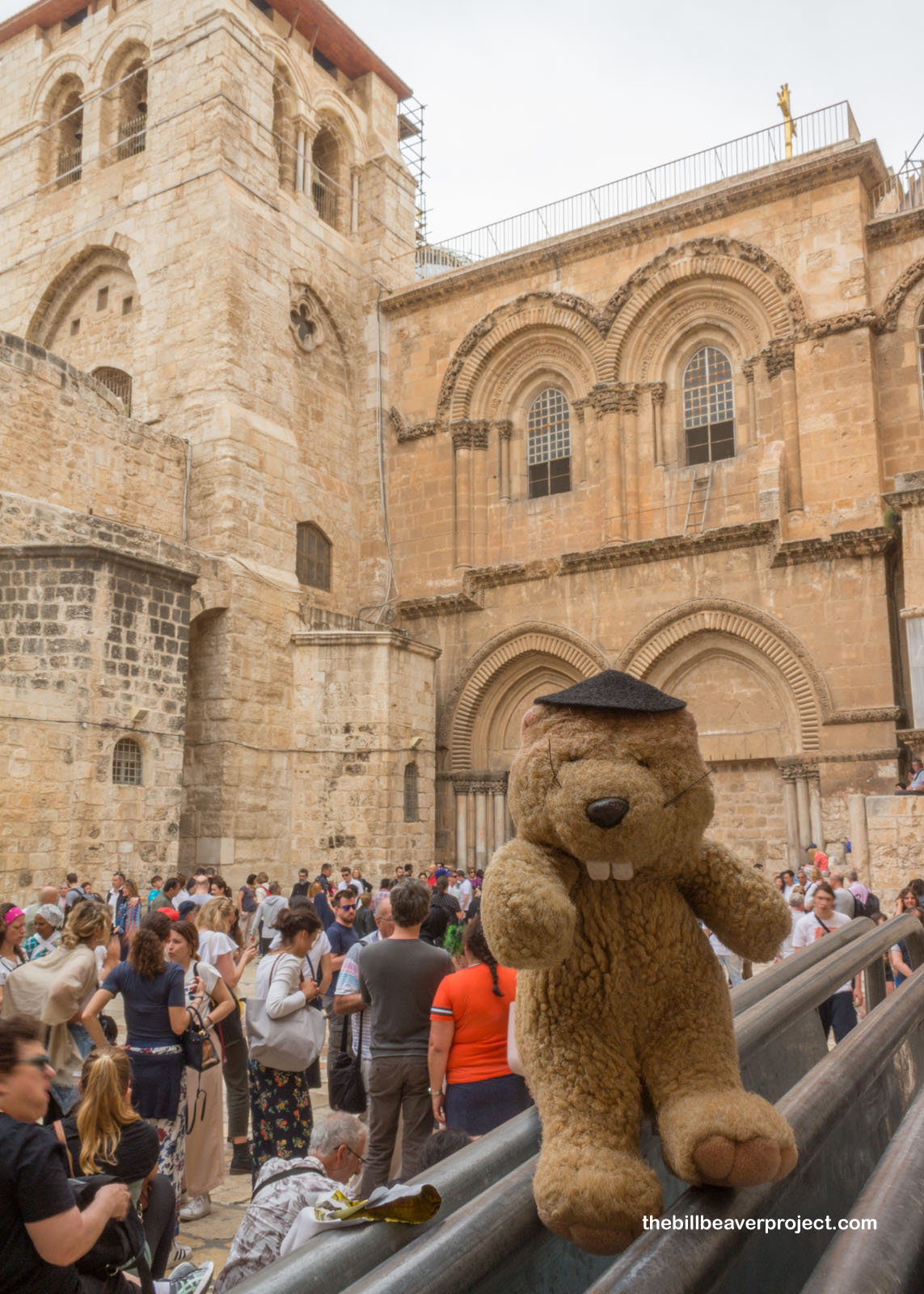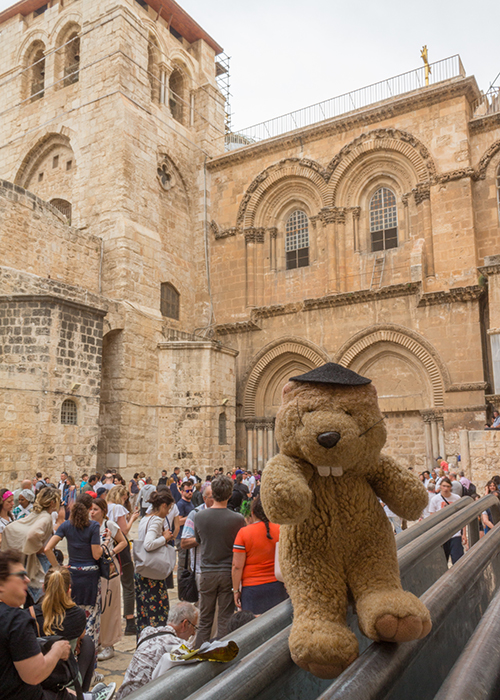| What makes it historical? |
According to the New Testament, Jesus of Nazareth was betrayed and crucified here at a place called Golgotha, or the Mountain of Skulls, around 33 AD. He was buried in a humble tomb and believed to have reanimated and left it shortly thereafter! For years, this tomb was forgotten until Byzantine Emperor Constantine I declared he had rediscovered the tomb and arranged for the construction of a church to enshrine it around 336 AD!
The first Church of the Holy Sepulchre was destroyed by the Persians in 614 AD, then rebuilt and destroyed again by the Fatimids in 1009. Though Emperor Constantine IX had it rebuilt, concern over the Church’s continued safety launched the European Crusades, which lambasted Jerusalem from 1096 until 1291! As if the Crusades weren’t enough, the different denominations of Christianity also fought over this church for many years, leading to the placing of a Status Quo, which splits up control of the church among the Eastern Orthodox, Roman Catholic, and Armenian Apostolic denominations!
This version of the Church of the Holy Sepulchre dates back to 1810, with a grand structure called an Aedicule built around the tomb site and a slab of marbe, called the Stone of Anointing, laid at the entrance. On this stone, pilgrims believe, the body of Jesus was prepared after his death! |



